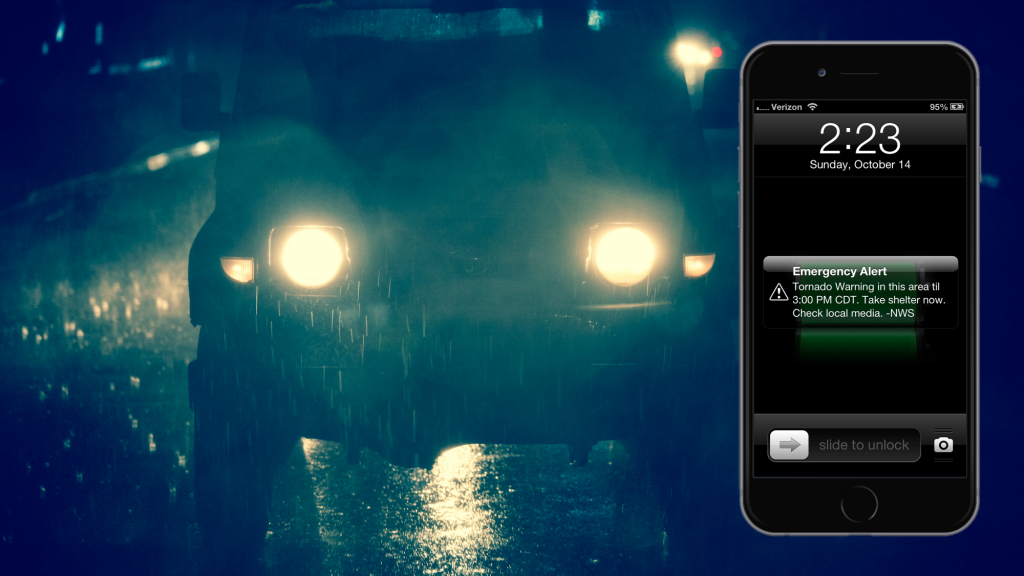On September 19th, 2016, the New York City Office of Emergency Management sent a text alert to millions of wireless phone subscribers in the area, asking them to help catch a terror suspect.
The text alert caught many by surprise, and the public attention that followed put Wireless Emergency Alerts (WEA) in the spotlight.
(Courtesy of DHS Science and Technology Directorate and YouTube)
WEA (Wireless Emergency Alert) messages show up on your cell phones. It’s as simple as that.
It allows you to receive a 90-character message, either to your cell phone or your tablet, or any other cellular device.
The best part? You don’t have to sign up for the service. Just another way you can stay prepared.
On September 29, the Federal Communications Commission adopted new rules to update the WEA systems.
Many of those changes reflected recommendations that resulted from research funded by the Department of Homeland Security Science and Technology Directorate (S&T).
Since 2012, S&T has funded academic research to improve the WEA technology.
The WEA Research, Development, Testing, and Evaluation (RDT&E) Program focused on how the public responds to alerts and warnings, and enhancement of WEA’s geo-targeting capabilities.
Over the last four years, S&T has continued to make its research findings publicly available and also has submitted its findings to the FCC.
Much of the research centered on improved message effectiveness such as: increased character length of the alerts from 90 to 360, added URL links, pictures and videos to the alerts, and adoption of technology to increase geo-targeting capabilities.
The new WEA Report and Order adopted by the commission reflects S&T’s recommendations in those areas.

“FCC’s decision to adopt S&T’s recommendations is a good example of how the every-day work out of S&T directly touches the American public and ensures our collective public safety,” Undersecretary for Science and Technology Dr. Reginal Brothers said.
There are still gaps to fill through more research and development efforts to make sure WEA technology meets the needs of the public as the communications technology evolves.
“WEA is part of our National Emergency Alert System. It’s essential that as technology and people’s perception and use of technology changes, the systems used to alert the public keep pace with these changes,” S&T’s First Responder Group WEA program manager Denis Gusty said.

Gusty explained education is key to the public’s perception of WEA, therefore to the success of the overall program.
“Too many people do not know enough about the system. When they receive a WEA message, they don’t know what to do or how to respond, which defeats the whole purpose of the system.”
We must continue to research the behavior of why people react one way or another after receiving an alert, especially when it comes to flooding.” Gusty continued.
S&T is committed to work to improve technologies that make our lives safer by protecting lives and property.
For more information on S&T funded research on WEA please visit www.dhs.gov/science-and-technology/frg-publications and click on Wireless Emergency Alerts tab.
You can also send your questions to first.responder@hq.dhs.gov.


















